How to Identify a Cloned Credit Card: A Comprehensive Guide to Protect Your Finances
Clone Cards for Sale. Credit card fraud is one of the fastest-growing crimes worldwide, with cloned or counterfeit credit cards being at the heart of it. When a criminal copies the details from a legitimate card to create a fake version, it becomes increasingly difficult for the average consumer to spot the difference. As a result, cardholders need to be vigilant and proactive in safeguarding their financial information. This guide will provide you with essential tips on how to identify a cloned credit card and what steps you should take if you suspect fraud.
High Balance Clone Cards, best cloned card dealers online clone cards illegal, best cloned card dealers online, legit cloned cards, how are debit cards cloned, where to buy cloned cards, clone cards telegram, how to prevent card cloning, how to start cloning cards
1. Understanding Credit Card Cloning
Credit card cloning involves copying the magnetic stripe or chip data from a genuine credit card onto a fake one. Fraudsters may use techniques like skimming or phishing to gather these details. Once the information is cloned, they can make unauthorized transactions or even sell the cloned card to others. It’s crucial to understand the methods used to clone credit cards in order to better identify potential fraud.
cloned cards, cloned cards for sale online, cloned cards for sale uk, cloned cards uk, cloned cards buy, cloned cards dark web, cloned cards for sale near me, cloned cards online, cloned cards for sale usa, cloned credit cards for sale uk, cloned cards available
2. Signs You May Have a Cloned Credit Card
Here are several indicators that could suggest your credit card has been cloned:
A. Unexplained Transactions
The most obvious sign of a cloned credit card is the appearance of unauthorized transactions. If you notice charges on your statement that you didn’t make, there’s a chance your card data has been compromised. Always review your credit card statements regularly and look for unfamiliar purchases.
B. Receiving Unusual Alerts or Notifications
Cloned credit cards can trigger unusual notifications. If you start receiving alerts for transactions you didn’t authorize, whether through your bank or the card issuer, it could indicate that someone has cloned your card and is using it fraudulently.
C. Card Declines or Payment Rejections
In some cases, cloned credit cards may be flagged by the card issuer when used at a merchant. This can result in payment declines or issues when trying to make a purchase. If your legitimate card is unexpectedly declined, it’s essential to contact your bank immediately.
D. Abnormal Spending Patterns
A sudden increase in spending, especially for large-ticket items, can suggest your credit card details have been compromised. Monitor any erratic behavior in spending patterns, such as purchases in foreign locations or from websites you don’t frequently use.
E. Physical Card Damage or Tampering
In rare cases, cloned cards may show physical signs of tampering. If the magnetic stripe appears scratched or damaged, or if the chip feels unusual, it could be an indicator that the card has been compromised. Compare it closely with a new card for any discrepancies.
3. How Cloning Techniques Work
Knowing how fraudsters clone cards can help you understand why certain red flags appear:
A. Skimming
Skimming devices are small, portable tools used by criminals to capture data from the magnetic stripe of a card. These devices are often installed at ATMs, gas stations, or even in restaurants. When you swipe your card, the skimmer records the data and sends it to fraudsters, who can later clone the card.
B. Phishing and Social Engineering
Fraudsters may also use phishing techniques to steal credit card information. This can happen through fake emails, calls, or websites that mimic legitimate services. When a victim unwittingly provides their card details, the information is used for fraudulent activity, including cloning.
C. Data Breaches
Massive data breaches, such as those involving retailers or financial institutions, may expose millions of credit card details. Criminals exploit these breaches to clone cards using the stolen information.
4. How to Identify a Cloned Credit Card
A. Check the Hologram and Security Features
Modern credit cards come with several security features to prevent counterfeiting. These include holograms, watermarks, microprints, and raised card numbers. Here’s how to examine them:
- Hologram: Most credit cards have a holographic image that shifts when you tilt the card. If the hologram is missing, blurry, or doesn’t change with movement, it’s a clear sign of a cloned card.
- Microprint: Look for small printed text or designs that can be hard to see with the naked eye. These are typically printed on the front or back of the card and act as a deterrent to counterfeiters.
- Raised Numbers: The card numbers on genuine credit cards are usually raised. Cloned cards often lack this feature or have numbers that feel too smooth.
B. Examine the Magnetic Stripe
The magnetic stripe on the back of the card contains encoded information, including your account details. If this stripe is worn out, scratched, or doesn’t swipe properly, it might indicate that the card has been tampered with or cloned.
C. Inspect the Chip
If your credit card has an EMV chip (a small metallic square), it’s an added layer of security. Inspect it to ensure the chip is intact and correctly embedded into the card. Cloned cards may have fake chips that don’t function as intended.
D. Look for Inconsistent Fonts
Examine the fonts used on the card. Genuine cards use specific, standardized fonts, while cloned cards may have slight variations in lettering. Pay attention to small details like the spacing or thickness of the font.
5. How to Protect Yourself From Credit Card Cloning
Prevention is the best defense against cloned credit cards. Here are essential steps to minimize your risk:
A. Use Secure Payment Methods
When shopping online or in person, ensure the merchant uses secure payment methods. Look for websites with “https://” in the URL or use virtual credit card numbers for online transactions.
B. Monitor Your Accounts Regularly
Checking your credit card transactions regularly, ideally weekly or even daily, can help you spot fraudulent charges early. Set up email or text alerts for any transaction activity on your account to stay informed.
C. Enable Two-Factor Authentication
Many banks and credit card issuers offer two-factor authentication for online purchases. This means you’ll need a second form of verification, such as a text message or a biometric scan, to complete a transaction.
D. Be Wary of Public Wi-Fi
Avoid using public Wi-Fi networks for online banking or shopping. These unsecured connections are a prime target for hackers trying to intercept credit card details.
E. Install Anti-Virus Software
Make sure your devices are protected with up-to-date antivirus and anti-malware software. This can help prevent your sensitive data from being stolen through malicious websites or phishing attacks.
6. What to Do If You Suspect Your Card Has Been Cloned
If you suspect your credit card has been cloned, here’s what you should do immediately:
A. Contact Your Credit Card Issuer
Call the customer service number on the back of your card to report the suspicious activity. They will cancel the card, issue a replacement, and begin an investigation.
B. Dispute Fraudulent Transactions
Notify your credit card issuer about any unauthorized transactions. They will typically reverse charges that are found to be fraudulent, but you may need to file a dispute claim.
C. Monitor Your Credit Reports
Regularly check your credit reports for any unusual activity, such as new accounts you didn’t open. You can request a free credit report once a year from each of the three major credit reporting agencies: Equifax, Experian, and TransUnion.
D. File a Police Report
In some cases, it may be necessary to file a police report for identity theft or credit card fraud. This can help in case you need to dispute charges or prove your innocence.
7. Conclusion
Cloned credit cards are a significant threat in the world of digital payments, but with the right precautions and vigilance, you can protect yourself from falling victim to this crime. Regular monitoring of your accounts, being cautious with your card details, and knowing the signs of cloned cards can help you avoid financial loss. By following the steps outlined in this guide, you’ll be better equipped to spot and handle cloned credit cards, ensuring that your finances stay secure.
Frequently Asked Questions (FAQs) about Cloned Credit Cards
Q1: Can a cloned credit card be used without the PIN?
Yes, cloned cards can be used for online purchases or transactions where the PIN is not required. However, in some regions, EMV chips and PINs offer added protection.
Q2: How can I prevent my credit card from being cloned?
Avoid using your card at suspicious places, enable alerts, use secure payment methods, and be cautious when entering card details online.
Q3: Will my bank cover fraudulent charges on a cloned card?
Most banks and credit card issuers provide zero liability policies that protect cardholders from fraudulent charges, but you may need to report the fraud promptly.
By understanding the threat of cloned credit cards and taking proactive steps to identify and protect yourself from fraud, you can enjoy a safer, more secure financial experience.

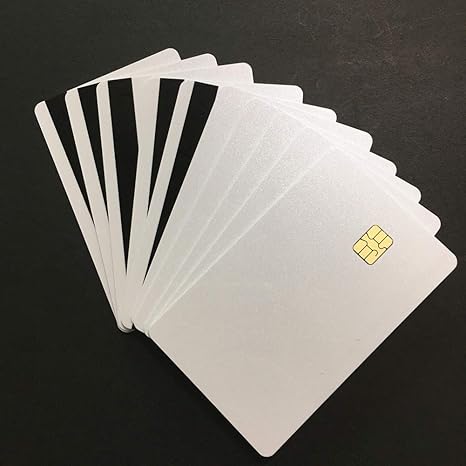
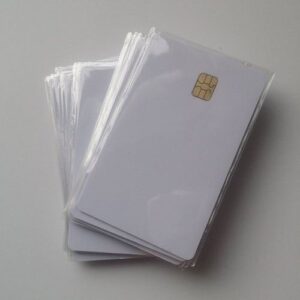
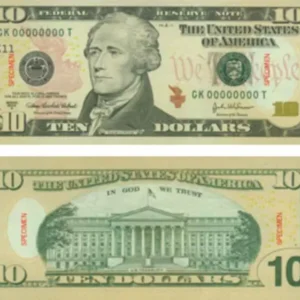
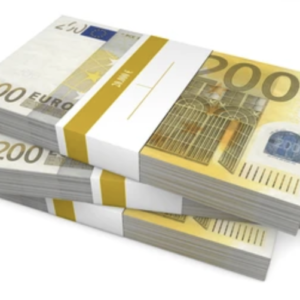
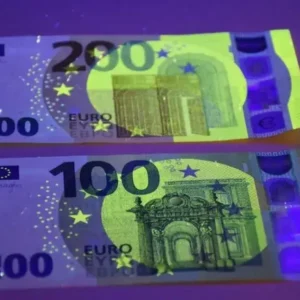
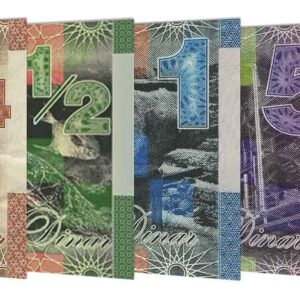
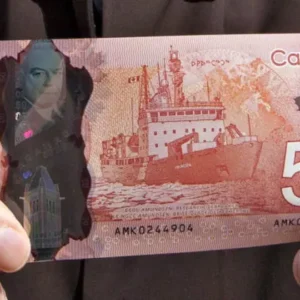
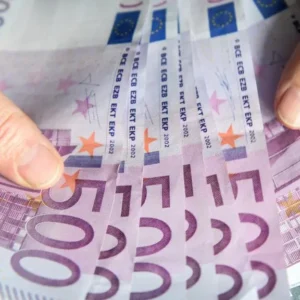

Reviews
There are no reviews yet.